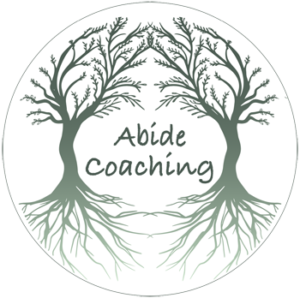Enough time? Too much time? Managing time? Estimating time? Time flies or drags. Now or not now! Time is a challenge for people with ADHD or Autism.
You have probably tried loads of strategies—over and over again. You may have received well-meaning advice from people who don’t understand your brain wiring. Use planners, calendars, timers, and reminders. Some of these work for some people some of the time.
It may seem counterintuitive, but slowing down can be a relief, a much-needed pause in the constant rush. The key is to find ways to slow down when your mind is racing, or you’re feeling overwhelmed.
Start here:
- It’s as simple as stopping for a minute—maybe two. This technique is easy to implement and can make a big difference without adding more complexity to your life. Use your senses—what can you hear, see, or smell while you are stopped? Then, listen more closely, look more profoundly, and smell with your eyes closed.
- Ground yourself with your sense of touch. Feel the ground under you or your seat. Touch the person with you or pet your pet.
- Power down your phone or, if you are like others, your computer, tablet, phone, and TV because they are all on. Use those senses again—listen, look, smell, and touch.
- Take some deep breaths, and notice your body sensations. Yes – you are meditating. Avoid thinking you can’t because your brain is moving too fast. You can. It doesn’t have to look like an ideal from a movie. You are practicing. That is a good thing, and it shows how we all get better at something worth doing. Be present to where you are. When your mind goes somewhere else, bring it back to where you are. You are going to have to do that many, many times. You could have a mantra you say to get yourself back. If you have a faith practice, say a prayer. No matter what anyone tells you, there isn’t a wrong way to do this.
- Plan time to practice. Some people like having time to slow down during a morning or evening routine. I had one client plan time to be present with herself before and after driving every time she used her car. Another would take time when he saw a specific pet walk by his home office door. During transitions might be the perfect time to be mindful since transition can be jarring.
Now, develop some of these habits:
- Repeat after me, “Let me think about that before deciding.” Those words or similar could be the answer to your over-committed life. Before agreeing to do anything, consider the following:
- Does X align with my values?
- Does X allow me to use my strengths?
- Does X allow me to be around people who I enjoy, could help me grow, or bring out the best in me?
- When would I do this?
- Resting doesn’t mean not doing anything. Active leisure time can also be relaxing and refreshing. Go for a hike or bike ride, garden, paint, read, take a class, or volunteer somewhere that aligns with your values.
- Build relationships by doing something you enjoy with someone you want to be around. Our social engagement system allows us to co-regulate our emotions more quickly than we can alone. This form of regulation isn’t cheating. We are supposed to have deep relationships with other people. For some of my clients, ensuring they have social events on their calendars is vital to their self-care, underscoring the importance of these connections.
- Several clients have a pause button (whether a photo or an actual button) to remind them to pause. A few of my clients have also asked important people in their lives to push the pause button for them when they don’t notice they need a break.
When you slow down, get out of your head and into your body. You will often find the answer you were looking for in the first place. It was there the whole time. Just waiting for you to slow down and notice it. Try it because it works.

